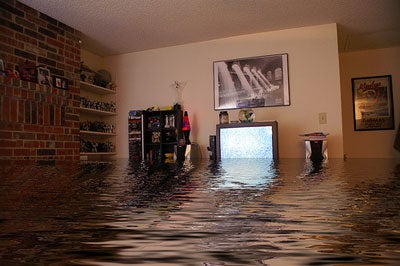Economics is the focus of many debates surrounding Germany’s aggressive “energy transition” (or Energiewende), which plans to move the country to nearly 100 percent renewable energy by 2050. Critics say Energiewende’s costs are unjustifiable, arguing they hurt the country’s international competitiveness and systemic inefficiencies exacerbate these costs.
At first glance, it’s hard to argue with them. The scale of investment in Energiewende can seem intimidating: So far, Bloomberg New Energy Finance estimates the total cost of Germany’s clean energy expansion at €106 billion. Furthermore, the Wall Street Journal quotes government sources when predicting total costs through 2040 to be about €1 trillion.
By contrast, however, Germany’s annual investment in fossil fuels has been €90 billion; and, investments in Energiewende go into electric grid upgrades that would need to happen in Germany anyway, whereas fossil fuel investments leave the country.
When viewed in context, there are many reasons to believe investments in Energiewende will reap economy-wide rewards, giving Germany a competitive global advantage over other countries that lagged behind investing in the future.















